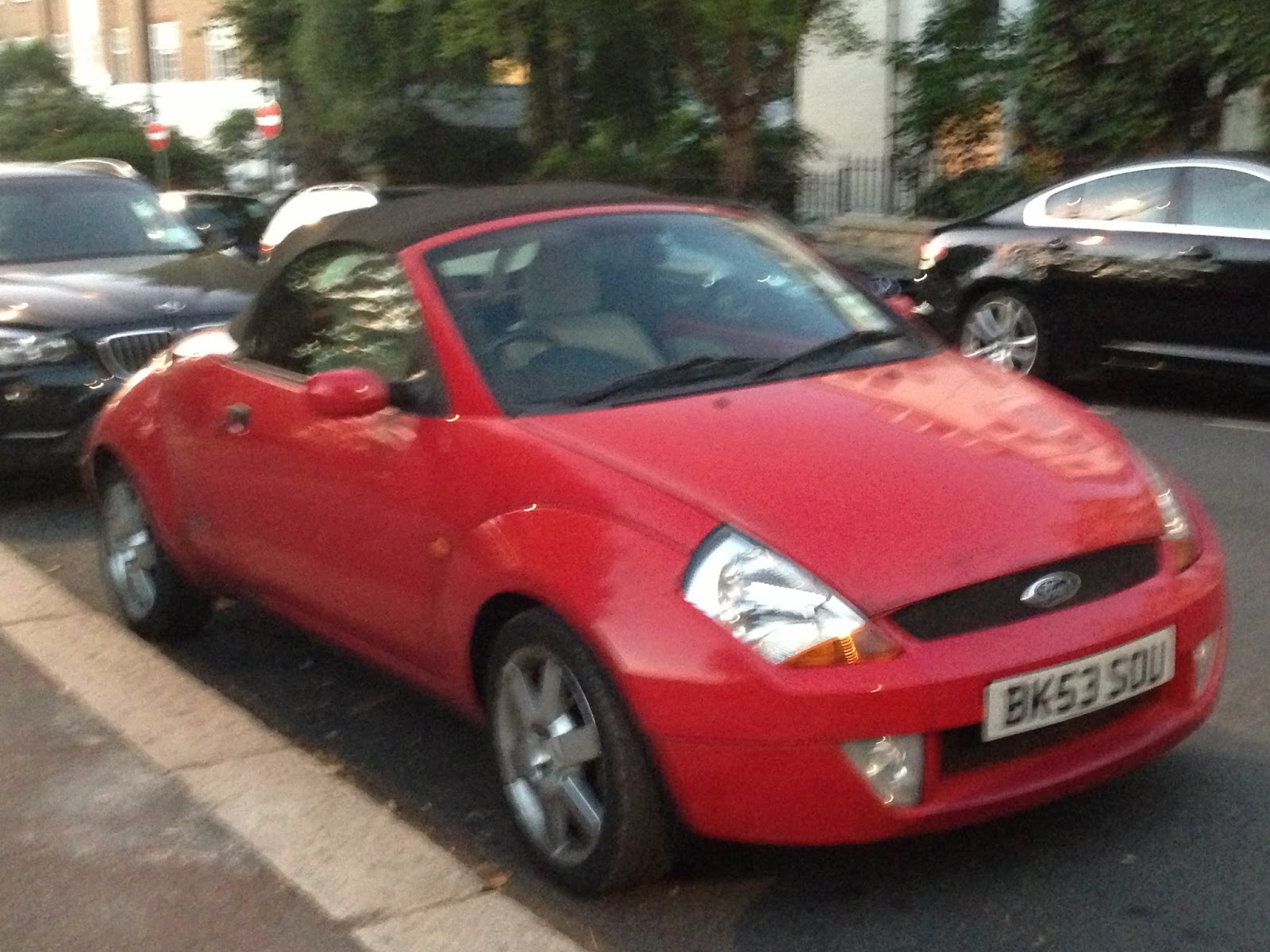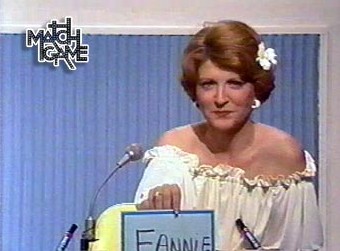I've had some of the worst experiences of my life in IKEA stores. It's the only store I've ever lost Miller in. On another occasion I nearly burst into tears and fled the marketplace. I've sworn I would never go back.
I've gone back. Most recently we've been to an IKEA here in London. For those fortunate enough to have never gone to an IKEA, allow me to explain the experience...
For starters, IKEA merchandise is extremely mediocre. It's inexpensive and just a shade above crap, quality-wise. The design aesthetic is modern but rarely interesting. I have never sought out something from an IKEA store as a must have. It is, instead, a place I go to fill in the gaps or buy an inexpensive and serviceable piece of furniture that I only need for a short time while living abroad. For example.
Next, the layout of the store is designed for two purposes: 1.)To make you look at every speck of available merchandise and 2.) To make you hate every other person in the store.
The typical massive IKEA store is divided into five rings of hell:
the showroom,
the marketplace,
the meatballery,
the warehouse and
the checkout.
The 2nd floor showroom places you on a yellow brick road of misery - a path you must follow that takes you through every section and past every piece of flat-pack furniture available. And the store is massive. The ground floor marketplace is an area where you push a cart (or carriage as they say here) through an endless selection of mediocre white goods and small household items. The meatballery is their cafeteria. The food is horrible and you have to stand in long lines to get it. If you needed just that one more reason to become a vegetarian, IKEA meatballs could put you over the edge. Recently they were found to contain horse meat.
Once you have selected your furniture, you get to go into the warehouse and load it onto your carriage. Make sure that you get all the right boxes and a double hernia on your way to the checkout and get ready to wait. When it's finally your turn to pay, get ready to buy a bag to put your purchases in. Even when you've made your purchases and left the store, IKEA will continue to haunt you for hours or even days as you now have to assemble the furniture you purchased.
For all of that, IKEA wouldn't be too bad were it not that during the only time you really have to go to IKEA (evenings or weekends), everyone else in the free world is already there with three or more generations of their family.
When we arrived in London, I can honestly say that I approached my first trip to the Wembley IKEA with an open heart. I was in my newly adopted country and ready to tackle anything. We had a number of important purchases to make on that trip, including a bed for Kathryn and me and one for Miller as well. We had a list of other items - a small cafe style table, stools, bedding and more. Not a shit ton of IKEA, but plenty. It was a weekend and Miller was with us. London is great city for public transportation and so we do not have a car here. Getting to and from work and school and managing the day-to-day is pretty easy. Getting to the IKEA on public transport is less so.
Still, things were going OK and everyone was holding up pretty well but by the time we got to the mattresses, we were starting to flag slightly.
Kathryn and I have a long and checkered past when it comes to mattress shopping. The problem starts with our starkly different tastes in mattresses. I prefer a medium and Kathryn likes a firm. She refers to the mattresses that I like as "soft". I call the mattresses that she likes "asphalt". However, I try my best to accomodate her because I am pretty low-maintenance about this kind of stuff, and can deal with a mattress that isn't just right. I prefer something less plank-like, but I can make do. The other difference in our approaches to mattresses is that I believe that you get what you pay for sometimes, and I don't like to over-economize on something that I'm going to use every day. Kathryn likes to keep her money mostly in the bank.
So there we are, bushed, in the crowded mattress area. Miller is starting to act up and the selection is a bit confusing - there are UK sizes and Euro sizes, spring, pocket spring, foam, memory foam and some spring/foam combos. In the face of these many options Kathryn gravitates toward the cheapest and hardest bag of cement in the store. I manage to talk her up one level - still hard as a rock. We opted for the "Euro" double bed since we are going to buy bedding here as well, and I had a sneaky feeling that there were no UK sheets in the store. While true enough, we also bought a Euro sized frame which locked us into the Euro option pretty soundly.
We took delivery the following day (window of time to expect the goods - 8AM to 8PM). For the first week I woke up repeatedly during the night. The new mattress was causing my fake hips to act up. By the end of the week I'd adapted. Despite the discovery that if we slept for more than seven hours we were pretty stiff, all in all it was manageable. The status was status quo for a few weeks when Kathryn started suffering back and leg pain. Apparently we were sleeping aboard the sciatica express.
The killer mattress had a 90-day exchange policy. Since Kathryn chose the mattress firmness and was also the person who was having the most trouble, she took the lead in getting a less firm version of the mattress. I won't bore you with the details of the next four weeks of back and forth (out-of-stock, back in-stock, lather, rinse, repeat) but eventually I became involved as Kathryn had reached the end of her customer service rope. My first IKEA call was to ascertain whether after all this runaround they would just take the mattress back and give a refund. They offered a store credit.
We went to a big mattress store. I should have called ahead because I was informed that this large national chain only carries UK sizes. They referred us to IKEA or “the internet” for Euro-sized models. My second IKEA call was to order a completely different mattress. It took me more than two hours on the phone to accomplish this. I wish I could tell you why. I was placed on hold repeatedly for long periods of time. Apparently our case amassed a lengthy series of notes.
This vocal dislike for IKEA is somewhat out of character for me. I’ve always been a boycotter but usually in a quiet way. Perhaps it’s that the scars of my first IKEA nightmare have never healed. You see, it wasn’t always like this for me. I used to go to IKEA semi-enthusiastically when I first encountered it in Chicago. And even in the Bay Area, while always a mild ordeal, it never inspired the dread that it eventually would. It was when my first marriage finally ended that IKEA and I took a turn for the worse.
I moved into my new apartment in Berkeley from Mill Valley with only five pieces of furniture: two bookshelves, a dresser, an “entertainment armoire”, and a dining room table and chairs. I offered my soon-to-be-ex-wife to take everything she wanted. This poorly thought out suggestion was motivated by guilt, a desire to mollify, and a new-found (and temporary) distain for unnecessary possessions. I decided that I would only buy household items that I really needed. I would sit on the floor rather than buy a chair; a cushion and a small rug could do for that. The futon I borrowed from a friend would be fine for sleeping. I wasn’t planning on entertaining, so why have more than one plate? I took my minimalism to the Emeryville IKEA on the first weekend in my new apartment to get the barest of necessities.
Most of my needs where confined to the marketplace section of the store. As I pushed laboriously through the throng, the reality of my situation began to descend upon me like a suffocating polyester and desperation filled winter-weight duvet. Each item I placed in my cart – a single medium-sized saucepan, a non-stick skillet, cheap cutlery, scratchy sheets and towels, throw pillows, an area rug that would constantly shed fuzzy red fibers for the next year no matter how many times I vacuumed it, a reading lamp, a chef’s knife of dubious quality, salt and pepper shakers, a reading lamp, a battery powered alarm clock – became a symbol of my failure to remain married. This feeling was amplified by the shiny couples who surrounded me in throws of ecstatic consumerism, joyfully equipping their new connubial abodes. Ditto the young families loaded up with brightly colored mobiles and storage solutions for their darling children who darted around the store like squirrels in a springtime park.
I began to imagine that anyone who took notice of me would be able to instinctively deduce my circumstances: almost thirty-nine, lonely, sad and trying to acquire an entire household in a single throw. I was sweating. My heart began to race. I felt tears begin to well up in my eyes.
I don’t know how I made it to the cashier - I have no clear recollection of paying or bringing my purchases to Berkeley. Once my new crappy stuff was placed in the empty rooms and cabinets of my apartment I began to feel a bit better.
Now for me and IKEA I guess, like a failed relationship, every attempt at reconciliation and renewal is eventually met with the realization that some things are just not meant to be.















































